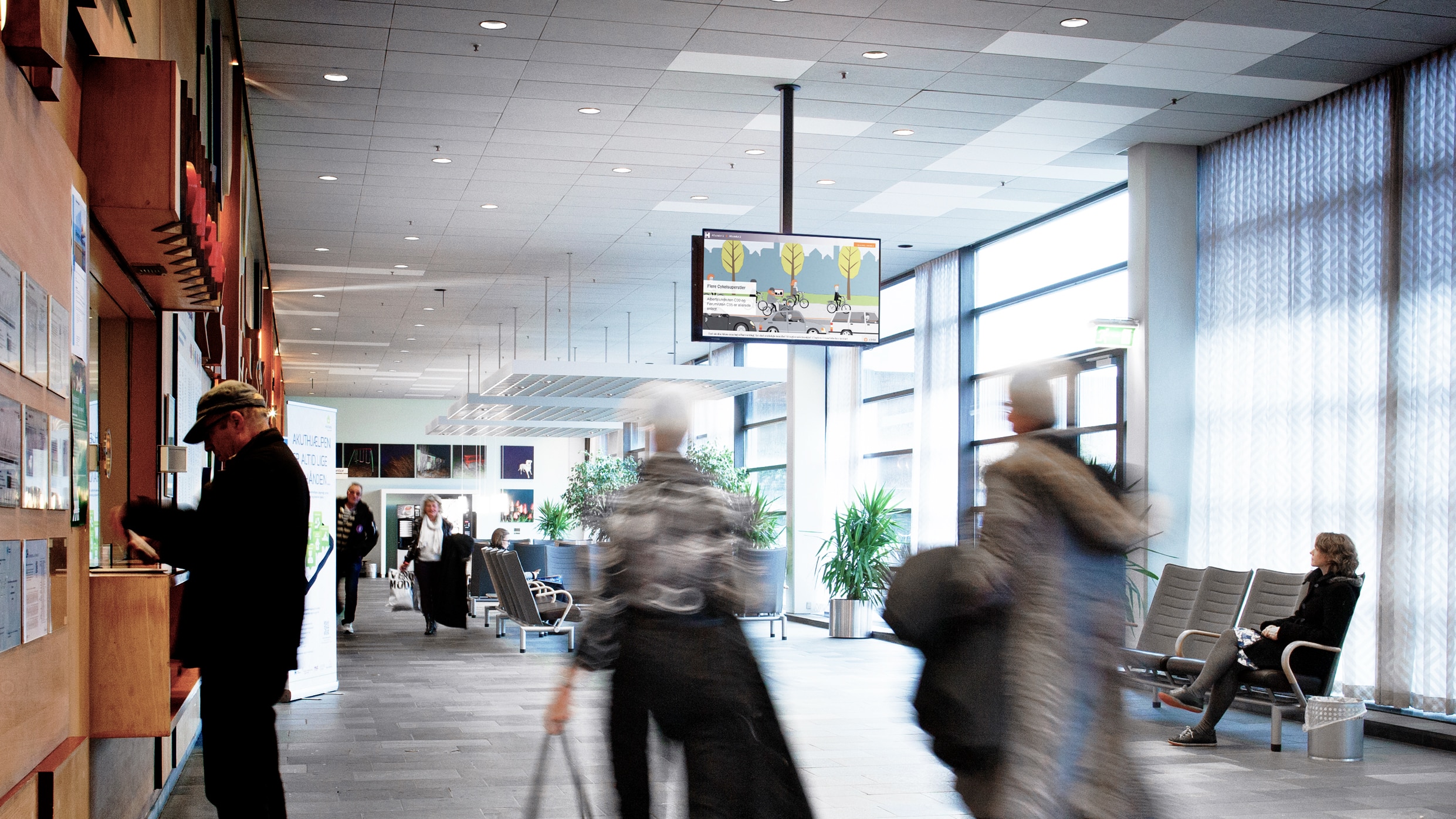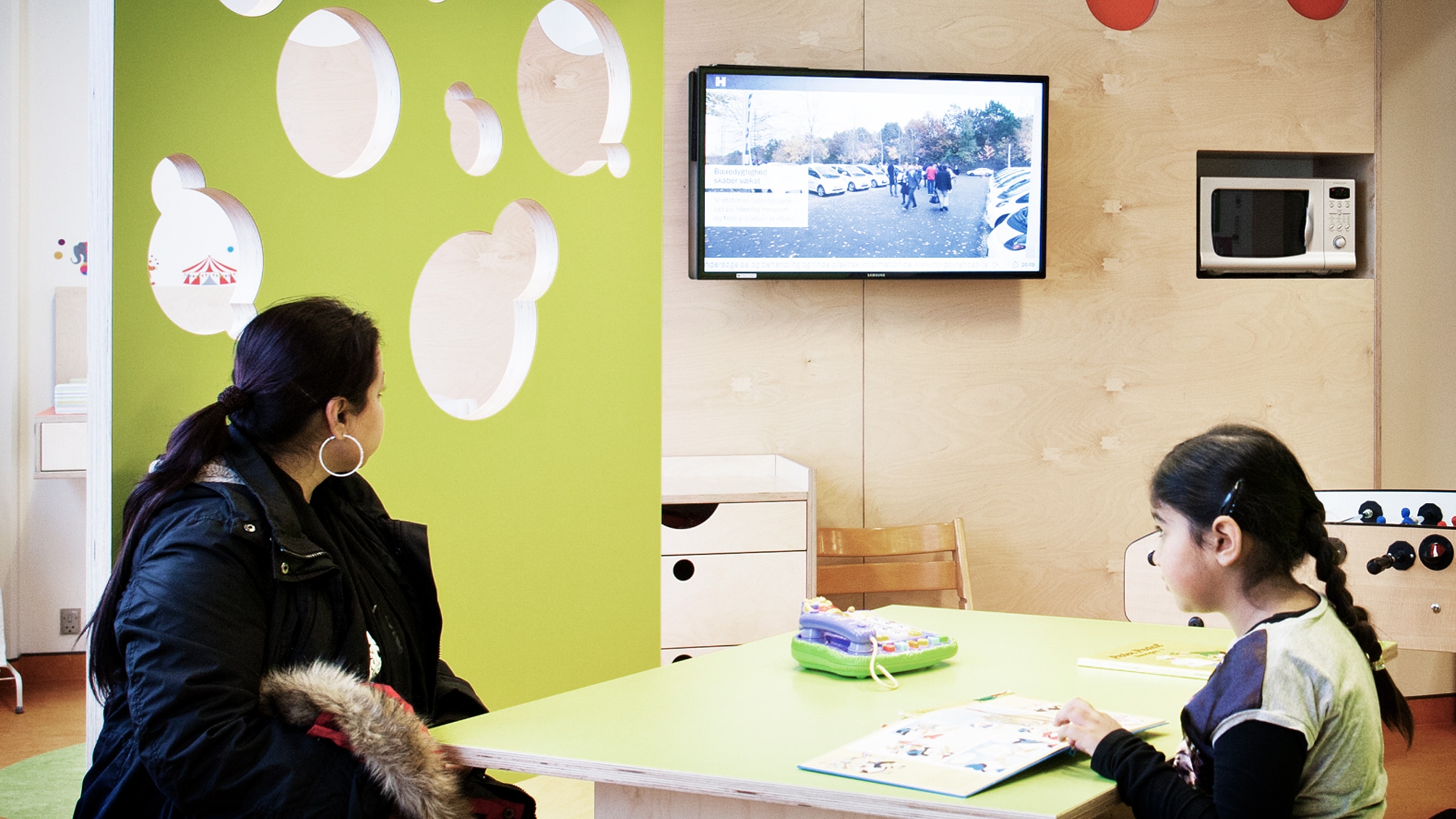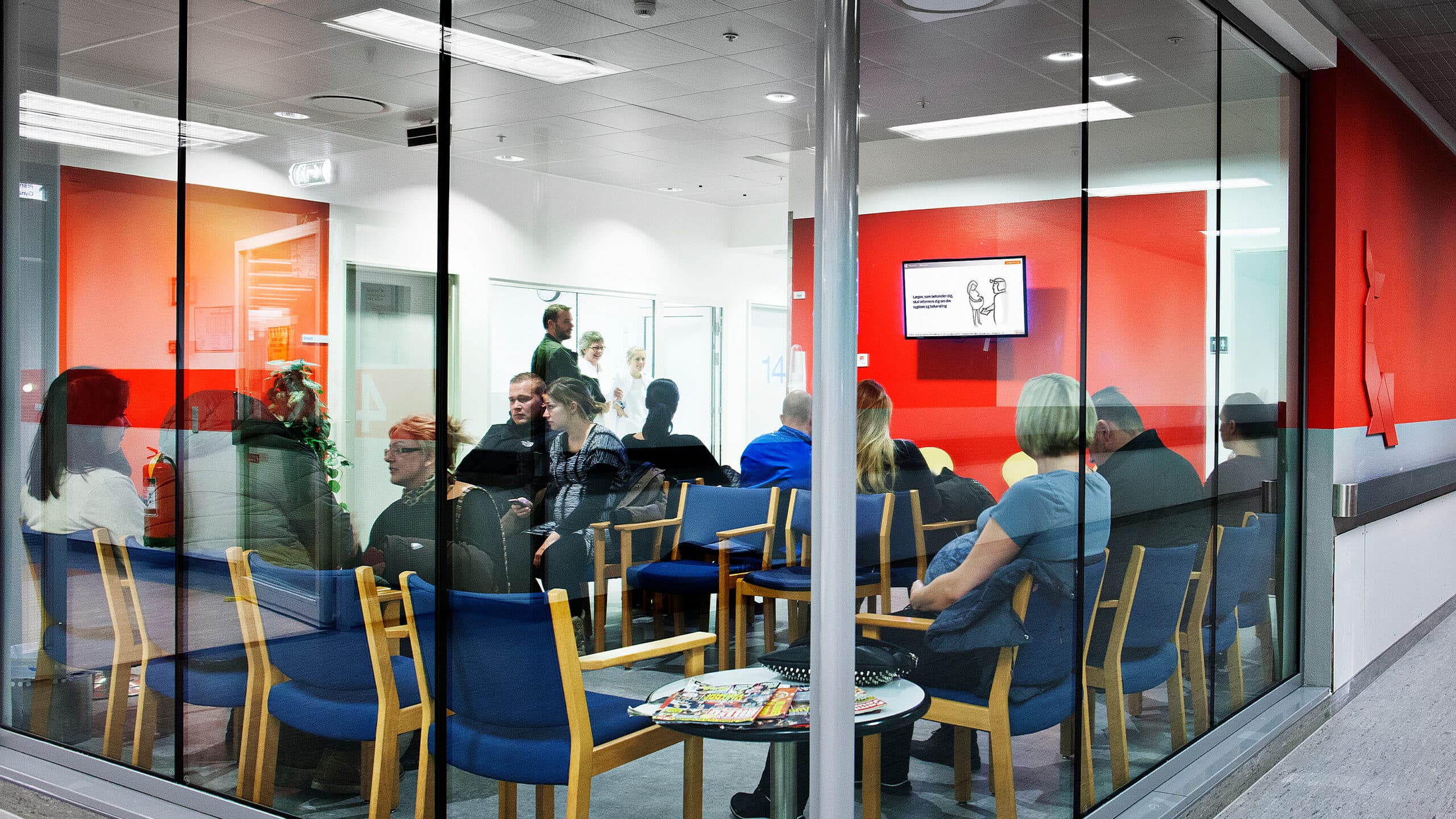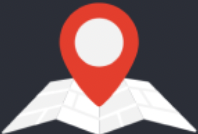Scala Powers Healthcare Info TV in Danish Capital
Scala Powers Healthcare Info TV in Danish Capital

Region Hovedstaden, the Danish regional government authority responsible for healthcare in the capital region of Copenhagen, has deployed a very large-scale digital signage solution supported by Scala® across medical facilities in the region.
Project summary
Project summary
Region Hovedstaden has deployed a very large-scale digital signage solution supported by Scala across medical facilities in the region. The network, which is called Info-TV, is a new communication channel targeted at the waiting areas of each of 20 medical facilities. The mission of Info-TV is to ensure that relevant national, regional, facility and department-level medical information destined to the public reaches patients in each waiting area.


At a Glance
At a Glance
The regional authority of Copenhagen (Region Hovedstaden) has deployed Info-TV, a large-scale signage network
Info-TV, driven by Scala, centralises healthcare information on-screen for waiting room viewing
Scala was chosen for its unique content management abilities over 500 screens and across 20 facilities
The Scala network is part of a drive by Region Hovedstaden to improve patient satisfaction during their interactions with the public healthcare system

Background story
Region Hovedstaden, the Danish regional government authority responsible for healthcare in the capital region of Copenhagen, has deployed a very large-scale digital signage solution supported by Scala® across medical facilities in the region.
The network, which is called Info-TV, is a new communication channel targeted at the waiting areas of each of 20 medical facilities. The mission of Info-TV is to ensure that relevant national, regional, facility and department-level medical information destined to the public reaches patients in each waiting area.
This very large-scale project was awarded to local Scala partner ATEA following a public tender for centralised digital signage software and support.
In Region Hovedstaden the central communications department owns and develops the solution and manages the great variety of content in collaboration with the communications departments on the hospitals. The central IT department hosts the solution and provides hardware/software support onsite on the facilities.

The solution
The original tender, issued in 2012, specified the need for 400 players and screens. The requirements have since been expanded to the deployment of 520 players and a similar number of 42” and 55” screens.
The landscape-mode screens are split into a dynamic frame and a scroll feed, each of which shows various types of information in the entrance of medical facilities, hallways and waiting rooms of various departments.
ATEA acted as the systems integrator for the project, cooperating with the Region Hovedstaden internal IT department to install centralised Scala Content Manager Software.
“The Scala solution runs on an in-house server managed by the IT department,” explained Anders Rusbjerg Jensen, product manager at ATEA. “Once the system was up and running, we developed and expanded templates for all the player PCs within the system according to customer’s requests and rolled those out over the Region Hovedstaden network.”
This included the creation of intelligent templates that can handle bullet points, images and video. “Those templates can also suggest the appropriate layout on log-in,” added Jensen. “The ATEA team also provided training for the team responsible for creating and managing both content on-screen and the end-users of the system.”
The different dynamic areas of the screen are regularly updated by an appointed ‘content manager’ within the communications department . This person feeds information requested by various departments into the relevant templates within the Scala Content Manager.
Information visible on-screen includes preventative healthcare measures, clinic hot-line numbers and accident prevention, new public e-health services, hygiene and patient rights information from Region Hovedstaden and national healthcare authorities, and information relating to the hospital and to the clinical department in which the patient is sitting, including nurse or doctor information. Waiting times are updated in a scroll text that runs along the bottom of the screen.

How Scala met the challenge
Jensen noted that the excellent teamwork of both ATEA and Scala Nordic was key to the success of the Scala solution. “We really enjoyed the challenge of working with an organisation the size of Region Hovedstaden. We are certain that the positive collaboration between all of our teams ensured that the customer was always at the receiving end of fast and professional service.”
From a technology standpoint, Scala was chosen because it was a proven digital signage technology that could handle the complexity of the project and provide easy management of the content on each screen coming from different ‘broadcasters’: the region, the hospital and the clinical department.
“We are managing 500 discrete playlists and channels, no two channels are similar,” explained Jacob Simonsen, technical project leader and consultant at Region Hovedstaden. “It’s a lot of screens and Scala makes it easy to manage. Using the Scala player and content manager, we can schedule, plan and manage different types of programming and manage this great volume of content in a centralised manner. Scala was the only provider that could handle the management and distribution of content to such a wide network.”
Business benefits – Info-TV acts as a large-scale centralised information system to support a clear healthcare communications strategy across the region of the Danish capital.
The driver for this project was not an economic business case however but about patient satisfaction, according to Simonsen. “It’s about creating an atmosphere of warmth and security, making patients feel ‘awaited and welcome’.”
“We aim to achieve this verbally through our healthcare professionals, through printed and digital patient information and now through Info-TV as well,” he continued. “We are also mindful to prevent situations where staff must answer the same questions many times over. Info-TV is an extra channel for this information, so when you are waiting for your treatment you can read more about information relating to your treatment and the department you are treated in. And you can also read more about broader health issues and topics that are important in the region of the Danish capital.”
Overall patient satisfaction with the public healthcare system in the Copenhagen region is measured yearly through a country-wide survey. “While the impact of Info-TV can’t be measured separately through this survey of course, we expect it to be a major contributor to ‘patient satisfaction’ going forward.”


About Atea
Atea is the leading Nordic and Baltic supplier of IT infrastructure with approximately 6,100 employees. Atea is present in 83 cities in Norway, Sweden, Denmark, Finland, Lithuania, Latvia and Estonia. Atea delivers IT products from leading vendors and assist its customers with specialist competencies within IT infrastructure services with its approximately 3,700 consultants and 7,500 technology certifications.

